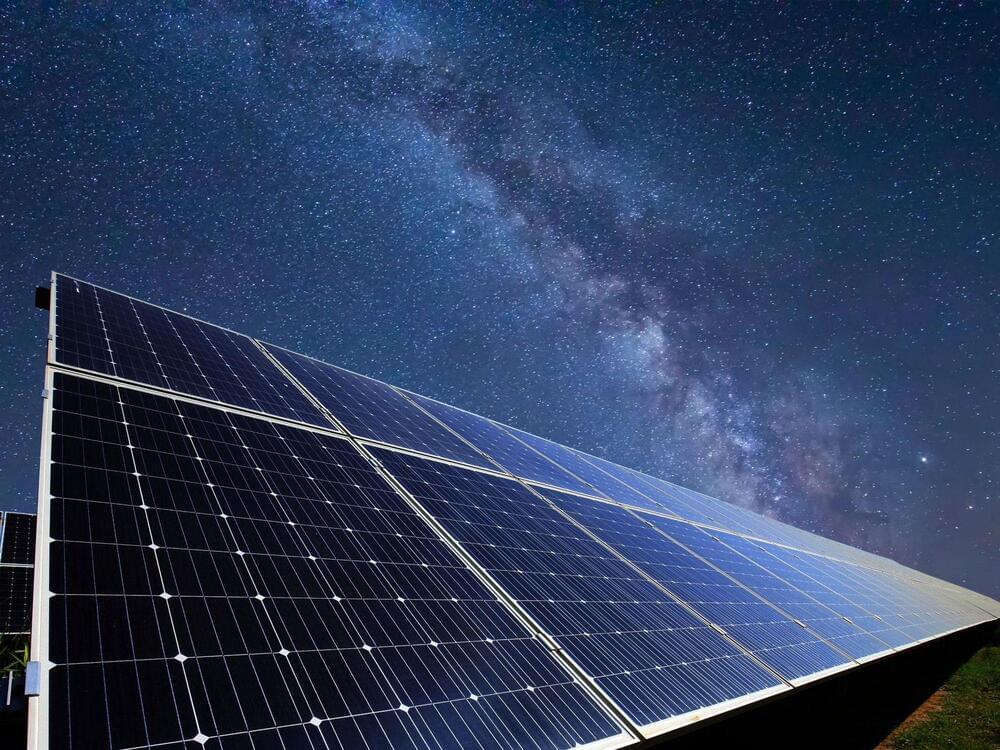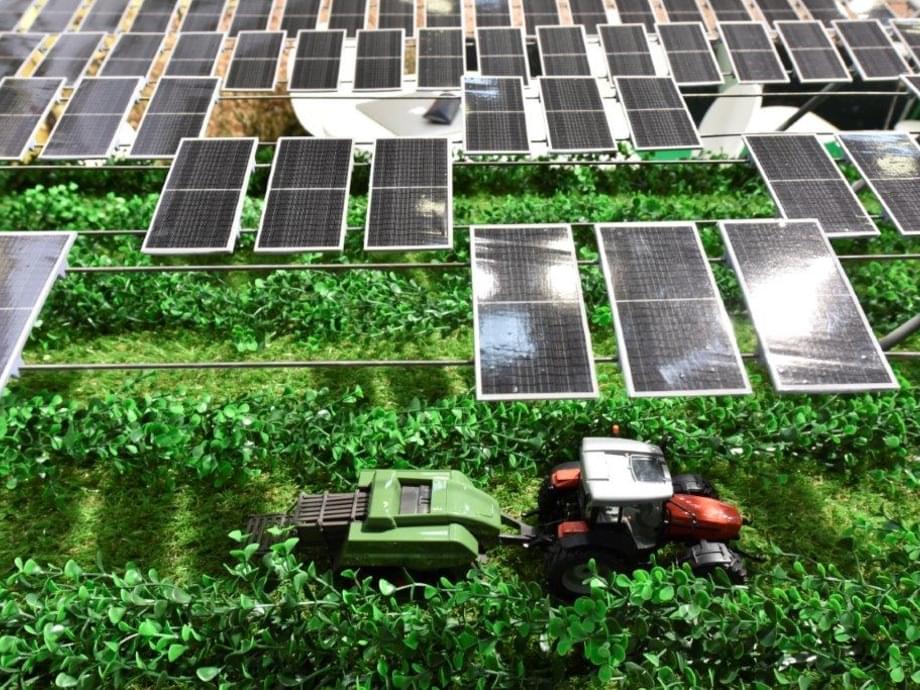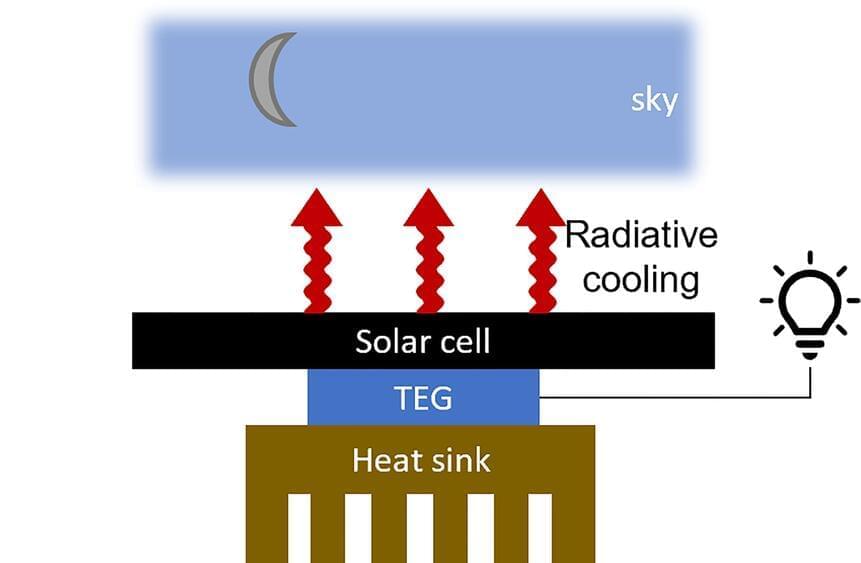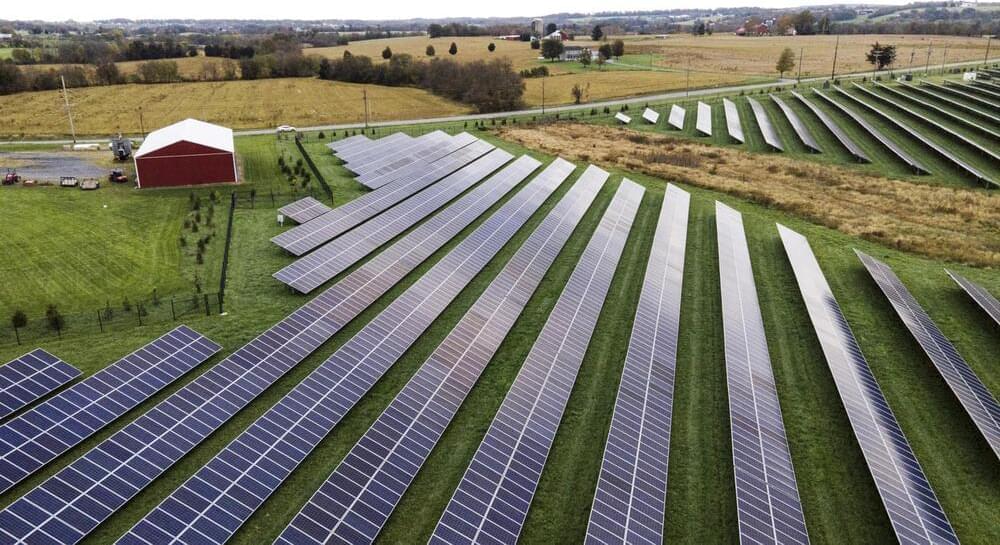Archive for the ‘solar power’ category: Page 56
Apr 12, 2022
These Solar Cells Produce Electricity at Night
Posted by Shubham Ghosh Roy in categories: mobile phones, satellites, solar power, sustainability
Researchers used radiative cooling to generate enough to power LEDs or charge a cell phone.
NASA has agreed to test startup SpinLaunch’s kinetic launcher, a giant circular accelerator that aims to shoot 200 kilogram satellites into space.
The California-based SpinLaunch’s launcher is located at the Spaceport America facility in New Mexico where it will carry out a test flight with NASA later this year, according to the firm.
Continue reading “These Solar Cells Produce Electricity at Night” »
Apr 12, 2022
New Photovoltaic Cell Makes Electricity From Thermal Radiation
Posted by Shubham Ghosh Roy in categories: biological, physics, solar power, sustainability
A new PV module makes electricity from thermal radiation. Imagine that.
The electromagnetic spectrum is comprised of thousands upon thousands of frequencies. Sound and light are all part of the spectrum, as are the frequencies that make radio and television broadcasts possible. Today’s solar panels harvest light waves from a small part of the EM spectrum and turn them into electricity, but there are many other frequencies like thermal radiation that could someday stimulate new kinds of photovoltaic cells to generate electricity as well.
Researchers at Stanford have recently published a study in the journal Applied Physics Letters that describes a new type of cell that converts thermal radiation into electricity. When the sun goes down, living organisms and physical structures like buildings, road, and sidewalks radiate heat back into the atmosphere. We call this radiational cooling and it is those electromagnetic waves the Stanford researchers say can be put to work making electricity.
Continue reading “New Photovoltaic Cell Makes Electricity From Thermal Radiation” »
Apr 11, 2022
Innovative agricultural photovoltaic projects and technology
Posted by Shubham Ghosh Roy in categories: food, solar power, sustainability
Agricultural PV (or agrivoltaics) is the simultaneous use of land for both agriculture and solar power generation. This year‘s Intersolar Europe in Munich will put a major focus on this topic.
Apr 10, 2022
Solar cell keeps working long after sun sets
Posted by Chima Wisdom in categories: solar power, space, sustainability
About 750 million people in the world do not have access to electricity at night. Solar cells provide power during the day, but saving energy for later use requires substantial battery storage.
In Applied Physics Letters, researchers from Stanford University constructed a photovoltaic cell that harvests energy from the environment during the day and night, avoiding the need for batteries altogether. The device makes use of the heat leaking from Earth back into space—energy that is on the same order of magnitude as incoming solar radiation.
At night, solar cells radiate and lose heat to the sky, reaching temperatures a few degrees below the ambient air. The device under development uses a thermoelectric module to generate voltage and current from the temperature gradient between the cell and the air. This process depends on the thermal design of the system, which includes a hot side and a cold side.
Apr 8, 2022
A Heat Pump Water Heater Is The Energy Saving Equivalent Of 7 Solar Panels & Costs ⅙ the Price
Posted by Shubham Ghosh Roy in categories: solar power, sustainability
My sister is in the process of building a house in Ohio, and I’ve been having conversations with her about how to make it green. She and my brother-in-law both consider me to be eco-crazed (arguably rightly so given the climactic and political stakes) and so tend to raise eyebrows when I make one of my many helpful suggestions.
For example, I suggested they install a central heat pump instead of inefficient electric resistance heating, but only after consulting their HVAC guy, who is a fan of heat pumps, did they decide to install one (Woo-hoo! They’ll save thousands of dollars and pounds of CO2 with that choice). They are also making their home solar-ready and plan to install panels in the next couple of years — this is mostly because solar offers a sense of self-reliance that is perennially popular across political and geographic boundaries.
However, when I tried to talk them into installing a heat pump water heater, I ran into serious resistance. If you haven’t heard about heat pump water heaters, they are an enormously powerful energy/CO2 reduction technology lying hidden in plain sight in the most humble of appliances — the water heater.
Apr 8, 2022
Solar panels that can generate electricity at night have been developed at Stanford
Posted by Shubham Ghosh Roy in categories: solar power, sustainability
While standard solar panels can provide electricity during the day, this device can be a “continuous renewable power source” during the day and at night.
Apr 7, 2022
Solar panels created from crop waste produce energy even if the sun isn’t shining
Posted by Shubham Ghosh Roy in categories: engineering, particle physics, solar power, sustainability
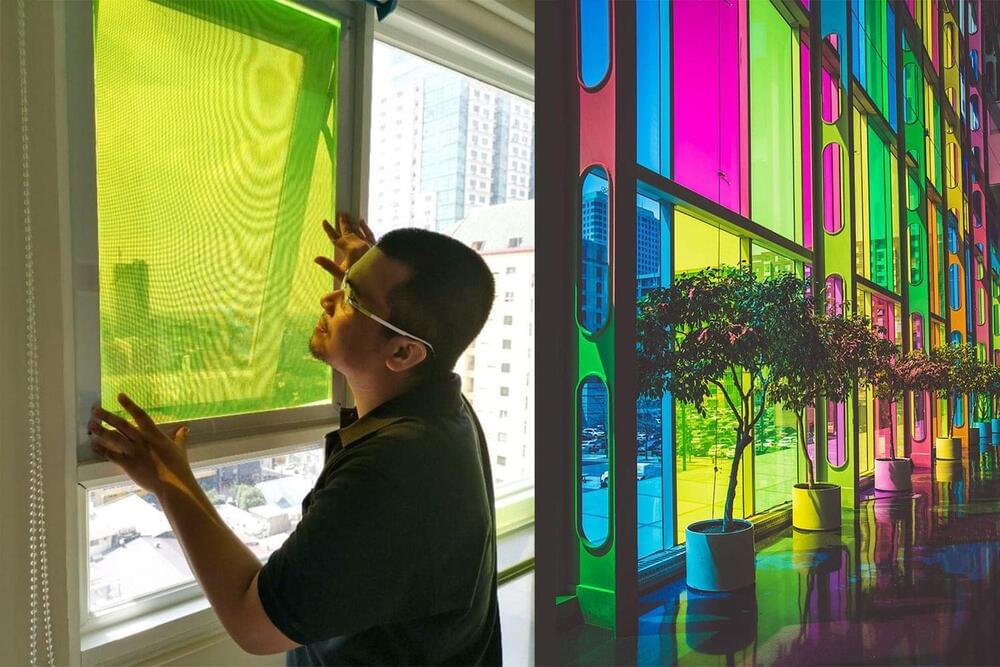
The British James Dyson Foundation presented the first Sustainability Award to Carvey Ehren Maigue, an electrical engineering student in the Philippines. He was awarded for creating new material from recycled crop waste that has the ability to transform ultraviolet (UV) rays from the sun into electrical energy. The technology could soon be turning the windows and walls of buildings into a rich new source of electricity.
The invention of the Filipino university student is called AuREUS (Aurora Renewable Energy and UV Sequestration). Both AuREUS devices (Borealis Solar Window and Astralis Solar Wall) use the same technology used in the beautiful Northern and Southern lights. High energy particles are absorbed by luminescent particles that re-emit them as visible light. A similar type of luminescent particles (derivable from certain fruits and vegetables) were suspended in a resin substrate and is used as the core technology on both devices.
Apr 7, 2022
Could ‘hot carrier’ solar cells break the theoretical efficiency limit?
Posted by Shubham Ghosh Roy in categories: solar power, sustainability
Up to 50% of the energy absorbed by a solar cell is lost as heat. Scientists are now developing a third generation of “hot carrier” solar cells that take advantage of this heat, potentially breaking the Shockley-Queisser limit of silicon-based PV.
Apr 6, 2022
Taiwan’s New Solar Panel ‘Sun Rock’ Will Deliver 1 Million kWh Per Year
Posted by Gemechu Taye in categories: government, solar power, sustainability
Get in, we’re going to the threshold. Solar power is undoubtfully one of the most preferred renewable energy sources of the day. As the need for energy rises with the improving technology and the rising population, companies try to come up with the most efficient solutions that promise to meet the energy demand of the world.
Taiwan’s forthcoming Sun Rock could supply excess energy to the power grid
Taiwan’s government-owned power company, called Taipower, commissioned Sun Rock, with plans to use it as a visitor facility, in addition to a storage and maintenance center for renewable energy devices. But the most obvious and impressive feature of the forthcoming project is the facade, which will be almost totally smothered in solar panels (don’t worry, there will also be vents and windows to promote the natural exchange of light and air). But 1 million kWh is a lot — the U.S. government has found that an average household uses roughly 11,000 kWh annually, which will rise (because of course it will) before the Sun Rock is finished.
Continue reading “Taiwan’s New Solar Panel ‘Sun Rock’ Will Deliver 1 Million kWh Per Year” »

